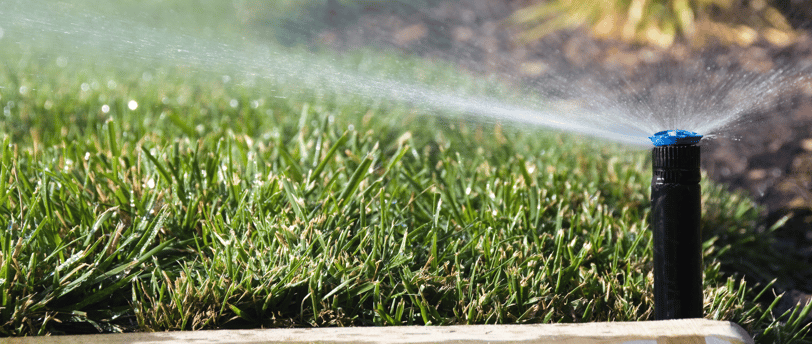How much should you be watering your grass?
A well-planned watering schedule is crucial for maintaining a healthy lawn, especially for cool-season grasses. These grasses, which thrive in cooler temperatures, have specific watering needs to ensure they stay vibrant and robust throughout the growing season.
8/24/20242 min read


Watering Schedule for Cool-Season Grass
1. Frequency
- Spring and Fall: During these seasons, cool-season grasses typically require less frequent watering due to cooler temperatures and more rainfall. Aim to water once a week or as needed, depending on rainfall and weather conditions.
- Summer: Even though cool-season grasses are less active in the heat of summer, they still need regular watering. Water every 5-7 days to keep the grass healthy and to prevent drought stress, especially during extended dry periods.
2. Timing
- Early Morning: The best time to water your lawn is early in the morning, between 6 a.m. and 10 a.m. This allows the grass to absorb the water before the heat of the day causes evaporation. Early morning watering also reduces the risk of fungal diseases that can occur with nighttime moisture.
3. Amount
- General Guideline: Aim to provide about 1 to 1.5 inches of water per week, including rainfall. This amount encourages deep root growth and helps your grass become more drought-resistant.
- Watering Depth: Ensure that you water deeply enough to reach the root zone, typically 4-6 inches deep. This encourages roots to grow deeper into the soil, which helps the grass withstand dry periods.
4. Adjustments for Weather
- Rainfall: Adjust your watering schedule based on recent rainfall. If it has rained significantly, you may not need to water as frequently. Conversely, during dry spells, you might need to water more often to meet your lawn’s needs.
- Heat and Humidity: During extremely hot or dry conditions, you may need to water more frequently. However, avoid over-watering, as this can lead to shallow root growth and increase the risk of diseases.
5. Check Soil Moisture
- Soil Moisture Testing: Periodically check soil moisture by inserting a screwdriver or a moisture probe into the soil. If it goes in easily, the soil is adequately moist. If it’s difficult to insert, the soil might be too dry and need more water.
6. Avoid Watering at Night
- Disease Prevention: Watering in the evening can lead to prolonged leaf wetness, which can increase the risk of fungal diseases. Morning watering helps the grass dry out by midday, reducing disease risk.
Summary
For cool-season grasses, a weekly watering schedule of 1 to 1.5 inches of water is generally effective, with adjustments made based on weather conditions and rainfall. Water early in the morning to minimize evaporation and reduce disease risk, and ensure the soil remains adequately moist but not waterlogged. By following these guidelines, you’ll help your cool-season grass thrive throughout the growing season.
